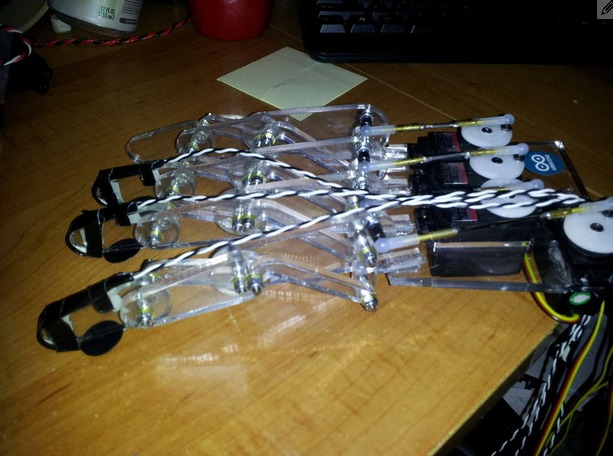Give yourself extra sensory perception
Build and test a blindfolded senses challenge to sharpen hearing, touch, and smell; create simple tools, record observations, and compare results with adult supervision.



Step-by-step guide to build and test a blindfolded senses challenge
Extra Sensory Perception EXPLAINED by a Physicist | Dr. Theresa Bullard
Step 1
Gather all the listed materials and set up a clear safe table area with an adult present.
Step 2
With adult help cut a hand sized hole in the side of the shoebox for your touch box.
Step 3
Tape a flap over the hole so your hand can reach in but sight is blocked.
Step 4
Fill three lidded containers with different sound materials and close them tightly to make sound bottles.
Step 5
Put a cotton ball with a different scent into three small jars and seal them to make scent jars.
Step 6
Place the three textured objects into the touch box and close the box.
Step 7
Put on the blindfold with adult help and make sure you cannot see.
Step 8
Have an adult shake one sound bottle behind you while you listen carefully.
Step 9
Write your guess about which sound bottle was shaken in your notebook.
Step 10
With the blindfold on reach into the touch box and feel one object without looking.
Step 11
Write your guess about what the touch object is in your notebook.
Step 12
With the blindfold on have an adult hold one scent jar under your nose and inhale gently.
Step 13
Write your guess about the scent in your notebook.
Step 14
Remove the blindfold with adult help and check each real item to see which guesses were correct and count how many you got right.
Step 15
Share your finished senses challenge and what you discovered on DIY.org.
Final steps
You're almost there! Complete all the steps, bring your creation to life, post it, and conquer the challenge!


Help!?
What can I substitute if I don't have a shoebox, small jars, or a blindfold?
Use a cereal box or small plastic storage bin for the touch box, film canisters or clean baby-food jars instead of scent jars, and a scarf or sleep mask as the blindfold.
What should I do if light sneaks into the touch box or the sound bottles don't make enough noise?
Reinforce the hand-sized hole with extra cardboard and tape the flap firmly to block sight, and if a lidded sound container is too quiet add more filler like rice, beans, or coins and tighten or tape the lid.
How can I change the activity for younger or older kids?
For younger children use just one or two gentle textured objects, larger safe items, and help with the blindfold and writing, while older kids can use five or more lidded containers and scent jars, add a timer and scoring in the notebook, and try creating challenges to share on DIY.org.
What are simple ways to enhance or personalize the senses challenge?
Decorate and label the shoebox and containers, create a scoring chart in your notebook, let the child assemble their own themed sound and scent jars, and photograph the reveal to post on DIY.org.
Watch videos on how to build and test a blindfolded senses challenge
Understanding Sensory Perception: A Guide to Our Five Senses
Facts about sensory experiments for kids
🛡️ Blindfolded experiments should always include an adult nearby to keep the activity safe, fair, and fun.
🖐️ Fingertips are packed with nerve endings and can detect tiny textures and bumps smaller than the width of a human hair.
👃 Humans have around 400 types of olfactory receptors, which let us detect and distinguish thousands of different smells.
👂 Kids often hear higher pitches than adults — human hearing spans about 20 Hz to 20,000 Hz and the top range shrinks with age.
🧠 When one sense is blocked, the brain quickly boosts attention to the others — blindfolds can make sounds and smells feel noticeably stronger within minutes.
How do you build and test a blindfolded senses challenge for kids?
What materials do I need for a blindfolded senses experiment?
What ages is this blindfolded senses challenge suitable for?
What are the benefits and safety tips or variations for a senses challenge?


One subscription, many ways to play and learn.
Only $6.99 after trial. No credit card required



